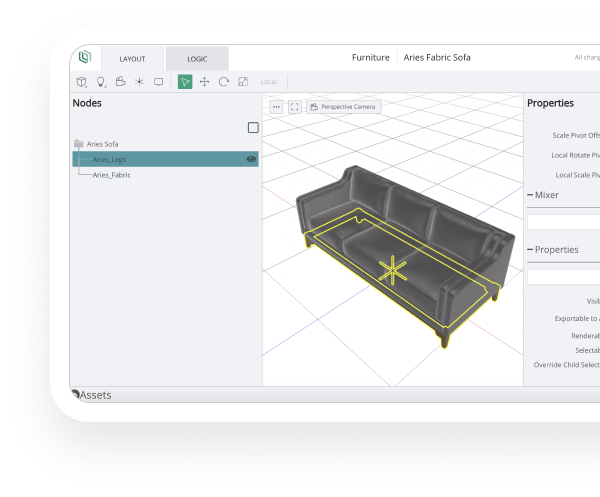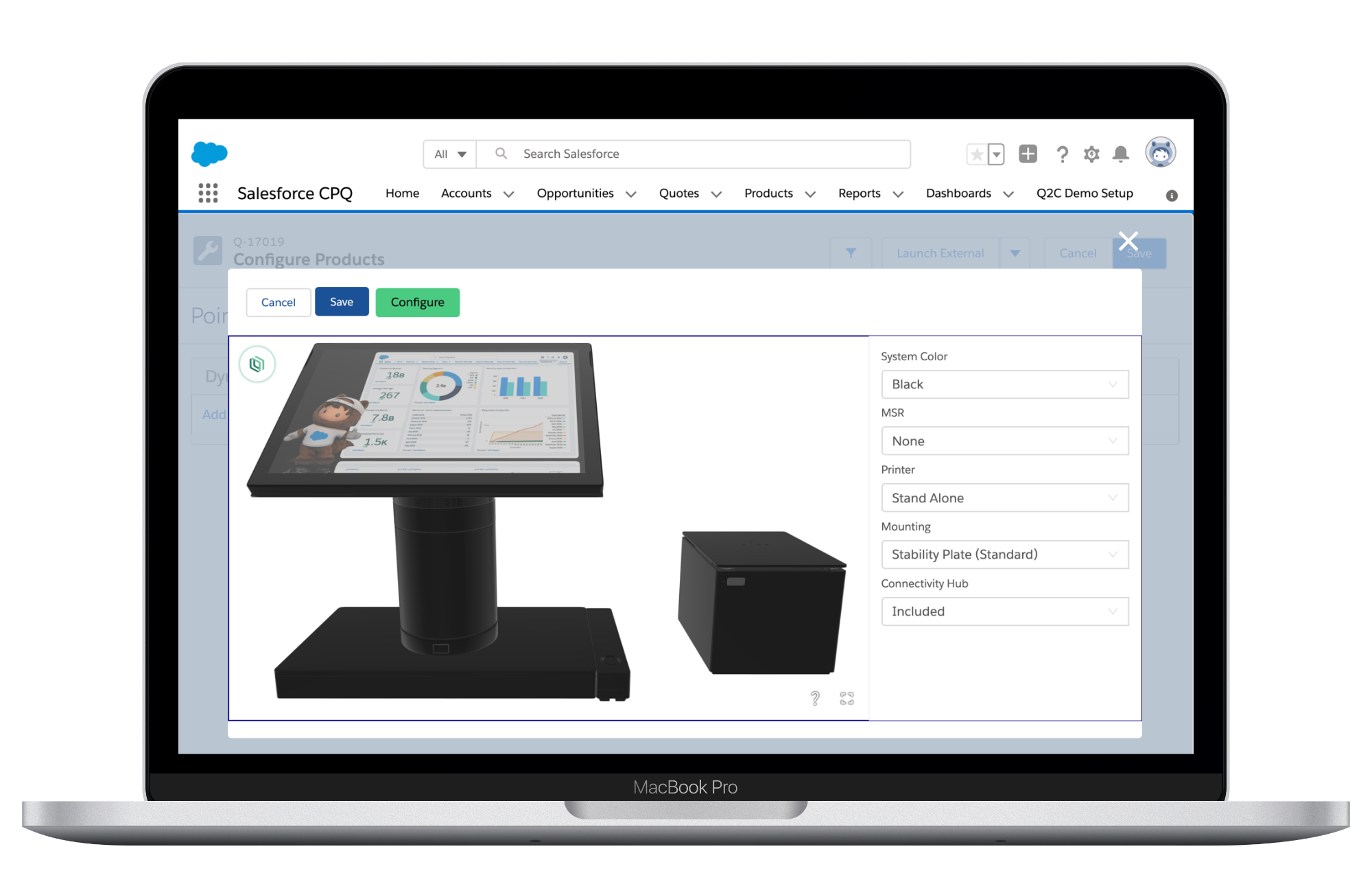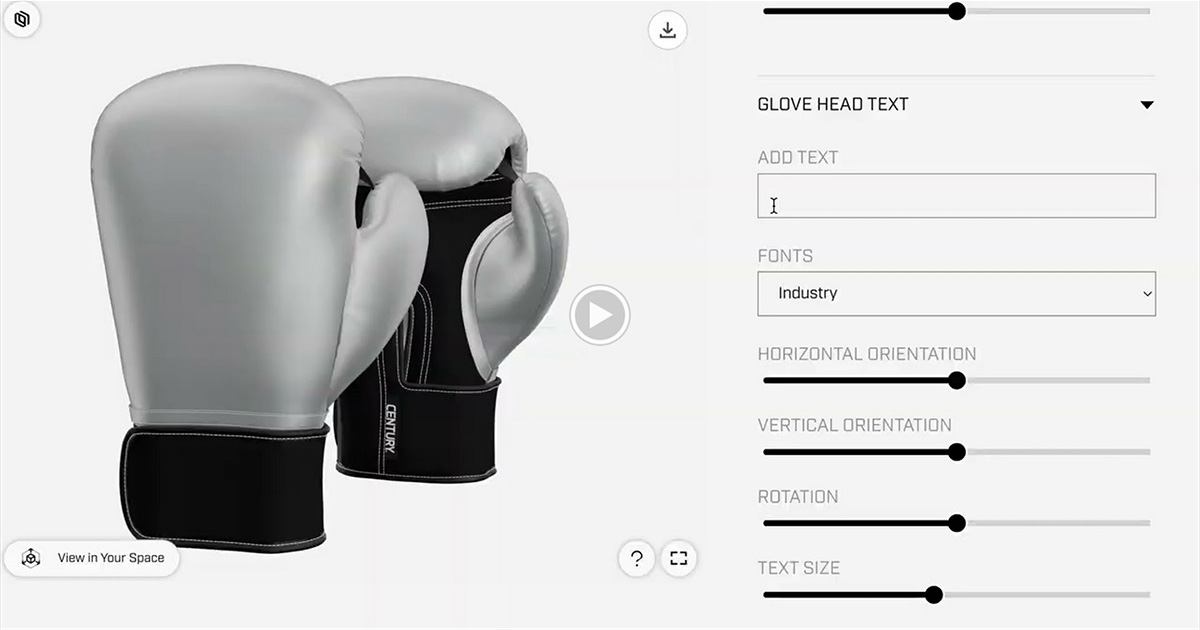Revolutionizing Customer Engagement with 3D Product Visualization
In the dynamic world of product presentation, the marriage of technology and creativity has given rise to a transformative tool: 3D product rendering and visualization. This powerful duo allows businesses to transcend traditional boundaries, offering a captivating and realistic representation of products. In this article we'll delve into the realm of 3D product rendering, exploring its benefits, applications, and how it revolutionizes the way products are presented.
The Power of 3D Product Visualization
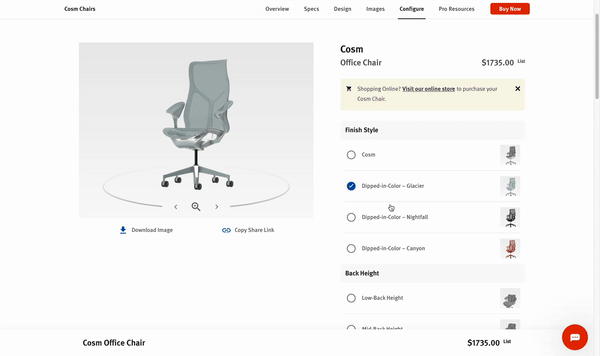
Enhancing Customer Experience
Enhancing the customer experience is crucial for businesses looking to drive customer engagement and loyalty. By leveraging 3D product visualization, businesses can provide customers with a more immersive and interactive shopping experience, allowing customers a better understanding of the product, its features, and its benefits, ultimately increasing their confidence in making a purchase.
One effective strategy is to implement AI-powered virtual assistants that guide customers throughout their shopping journey. These virtual assistants can provide personalized recommendations, answer customer queries, and assist with product selection. By offering this level of personalized assistance, businesses can create a more seamless and enjoyable shopping experience for their customers.
Additionally, businesses can use interactive digital catalogs to improve customer engagement. These catalogs can include product details, videos, and clickable elements that allow customers to explore and interact with the product in a more dynamic way. This not only provides customers with more information but also helps them make more informed purchasing decisions.
Increasing Sales Conversion

Increasing sales conversion is a top priority for any e-commerce business. The use of 3D product visualization allows businesses to provide a more immersive and engaging shopping experience for their customers. By allowing customers to interact with products in a virtual environment, they can get a better sense of the product's features, functionality, and quality.
One effective way to increase sales conversion is by implementing a virtual try-on solution. This allows customers to virtually try on products, such as clothing or accessories, before making a purchase. Studies have shown that virtual try-on solutions can significantly boost conversion rates by fostering trust and confidence in product choices.
Another strategy to increase sales conversion is by utilizing interactive product configurators, which enable customers to customize and personalize products according to their preferences. By offering a wide range of options and allowing customers to visualize the final product in real time, businesses can create a sense of ownership and increase the likelihood of a purchase.
In addition, businesses can optimize their website loading speed and performance to ensure a seamless and efficient shopping experience. Slow loading times can lead to customer frustration and abandoning of products. By optimizing loading speed, businesses can reduce bounce rates and improve conversion rates.
To measure the impact of 3D product visualization on sales conversion, businesses can track customer engagement metrics, analyze conversion rates, and evaluate customer feedback. These insights can provide valuable information on the effectiveness of the visualization strategy and help identify areas for improvement.
Reducing Product Returns
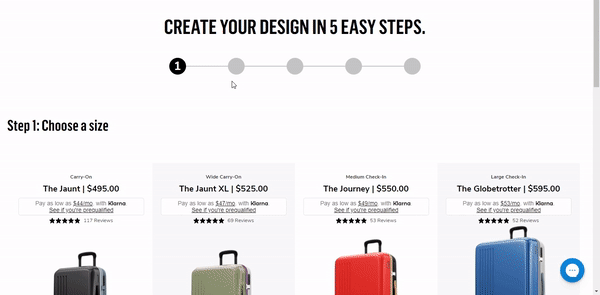
Implementing 3D product visualization can significantly reduce the number of product returns. By providing customers with a more thorough view of products and allowing them to customize and personalize items in real time, 3D visualization enhances the shopping experience and assists customers in making educated purchasing decisions. This reduces uncertainty and increases customer satisfaction, ultimately leading to a decrease in returns.
In addition, 3D product visualization technology enables companies to shorten product development time. With the ability to quickly create prototypes and iterate on designs, businesses can bring new products to market faster, reducing the chances of customers returning outdated or obsolete items.
Furthermore, 3D product visualization promotes increased customer satisfaction and brand loyalty. Allowing customers to inspect and customize products in great detail creates a sense of ownership and satisfaction. This positive experience encourages customers to return and reuse the company's services, leading to increased customer loyalty and positive word-of-mouth recommendations.
By implementing 3D product visualization, companies can also benefit from analytics and insights. As customers design products on demand, there is no need for a stacked inventory, resulting in reduced costs in logistics, marketing, and storage. Additionally, the ability to track customer engagement metrics, analyze conversion rates, and evaluate customer feedback provides valuable data for improving products and optimizing the customer experience.
Implementing 3D Product Visualization
Choosing the Right 3D Visualization Solution
When it comes to choosing the right 3D visualization solution for your business, there are several factors to consider. First, look for service providers that utilize cutting-edge 3D rendering technology and software to ensure high-quality and realistic visuals. This will help you create captivating and engaging product representations that resonate with your audience. Additionally, consider the expertise and portfolio of the rendering services you are considering. Look for a diverse range of products or projects in their portfolio to ensure they have experience in your industry. Collaboration and effective communication are also key factors to consider. Choose a team that values collaboration and understands your vision, as this will lead to a successful rendering. Finally, assess the turnaround time offered by the 3D rendering service. A balance between speed and quality is essential, especially for time-sensitive projects.
Integrating 3D Visualization into E-Commerce Platforms
Integrating 3D visualization into e-commerce platforms is a crucial step in revolutionizing customer engagement. One way to integrate 3D visualization into e-commerce platforms is by choosing the right 3D visualization solution. This involves selecting a platform that offers a configurator, virtual photographer, and augmented reality features. It is important to choose a solution that caters to various industries such as furniture, clothing, construction, sports, and more. Additionally, the chosen platform should provide resources, demos, and case studies to help businesses make the most of their 3D visualization capabilities.
Once you've chosen your 3D visualization solution, you'll want to optimize loading speed and performance to ensure a seamless experience. Slow loading times can deter customers and lead to a poor user experience.
It's also important to optimize 3D visualizations for mobile devices. With the increasing use of smartphones and tablets for online shopping, businesses need to ensure that their 3D visualizations are responsive and compatible with mobile devices, seamlessly adapting to different screen sizes.
Intuitive design also plays a significant role in mobile optimization. A clear layout and logical categories make it easy for users to navigate and find what they're looking for. High-quality visuals, such as high-resolution product images and 360° views, are also essential to replicate the in-store experience. Finally, robust search functionalities and filters empower users to refine their choices based on various criteria, enhancing their overall shopping experience. This allows customers to engage with the 3D product visualizations on the go, further enhancing their shopping experience.
Lastly, businesses can utilize augmented reality (AR) technology to enhance the integration of 3D visualization into e-commerce platforms. AR technology allows customers to virtually place products in their physical environment, giving them a realistic sense of how the products would look in real life. This immersive experience not only increases customer engagement but also reduces product returns as customers can make more informed purchase decisions.
Creating Interactive Product Configurators
Interactive product configurators are a game changer for businesses in industries where customization is key, such as furniture, fashion, automotive, electronics, and home decor. These configurators allow customers to actively participate in the design process, giving them the power to personalize every aspect of their purchase. From colors and materials to sizes and features, customers can unleash their creativity and visualize the end result in real time.
In a competitive online marketplace, staying ahead of the curve is crucial. By embracing the future of e-commerce with interactive product configurators, businesses can set themselves apart and leave a lasting impression on customers. These configurators offer a unique and personalized shopping experience that differentiates the brand from competitors.
Optimizing 3D Product Visualization
Improving Loading Speed and Performance
Improving the loading speed and performance of a 3D product visualization platform is crucial for delivering a seamless and engaging user experience. Slow loading times can lead to frustration and abandonment, resulting in lost sales opportunities. Here are some key strategies to optimize loading speed and performance.
-
Optimize 3D Models: Streamline the complexity of 3D models by reducing polygon counts and optimizing textures. This helps to minimize file sizes and improve rendering speed.
-
Implement Caching: Utilize caching techniques to store and retrieve frequently accessed data, such as product images and configurations. Caching can significantly reduce loading times and improve overall performance.
-
Leverage Content Delivery Networks (CDNs): Use CDNs to distribute content across multiple servers geographically. This ensures faster delivery of assets to users, regardless of their location.
Tip: Consider using a CDN with edge-caching capabilities to further enhance performance.
-
Compress and Minify Files: Compressing and minifying JavaScript, CSS, and other files can reduce their size and improve loading speed. This optimization technique helps to minimize network latency and enhance the user experience.
-
Lazy Loading: Implement lazy loading techniques to load 3D models and assets only when they are needed. This approach can significantly reduce initial loading times and improve overall performance.
By implementing these strategies, businesses can create a 3D product visualization platform that delivers fast and responsive experiences, keeping customers engaged and increasing conversion rates.
Utilizing Augmented Reality (AR) Technology
Augmented reality (AR) is a technology that overlays digital information onto the user's real-world environment. It seamlessly blends the digital and physical worlds, enhancing the real-world environment with computer-generated information. AR has emerged as a game changer in marketing, reshaping consumer experiences and redefining the way brands connect with their audiences.
AR offers numerous benefits for businesses, such as:
-
Enhanced Shopping Experience: AR allows customers to visualize products in their own environment before making a purchase.
-
Gamification of Marketing: AR injects playfulness into marketing through gamification. Brands can create AR-powered games and challenges that encourage user participation and interaction, fostering brand loyalty and positive associations.
-
Location-Based Marketing: AR enhances location-based marketing strategies by providing personalized and context-aware content. Users walking past a retail store can receive AR-enhanced promotions or information about ongoing sales, increasing the relevance of marketing messages and improving conversion rates.
-
Virtual Try-Ons: AR has revolutionized the beauty and fashion industries by allowing customers to virtually try on products. This eliminates the need for physical try-ons, saving time and improving the overall shopping experience.
AR technology offers endless possibilities for businesses to engage with their customers and create immersive experiences. By leveraging AR, brands can differentiate themselves in the market and stay ahead of the competition.
Measuring the Impact of 3D Product Visualization
Tracking Customer Engagement Metrics
As businesses increasingly migrate to virtual spaces, understanding the nuances of customer interaction within the metaverse becomes crucial. Customer research employs a comprehensive approach, blending qualitative and quantitative methods to explore the diverse aspects of customer loyalty in the metaverse. Qualitative methods, such as in-depth interviews and participant observations in virtual environments, offer profound insights into customer behavior and expectations. Quantitative surveys provide structured data, enabling statistical analysis of customer satisfaction.
Analyzing Conversion Rates
Analyzing conversion rates is a crucial step in measuring the success of 3D product visualization. By tracking the percentage of website visitors who make a purchase, businesses can gain insights into the effectiveness of their virtual trials. This data can help identify areas for improvement and optimization. Additionally, analyzing conversion rates allows businesses to compare the performance of different products or variations, enabling them to make data-driven decisions to maximize sales. It is essential to regularly monitor and analyze conversion rates to ensure that the 3D product visualization strategy is driving actual sales.
Evaluating Customer Feedback
Customer feedback is a crucial aspect of measuring the success of your 3D product visualization strategy. By gathering feedback from customers, you can gain valuable insights into their preferences, pain points, and overall satisfaction. This information can help you identify areas for improvement and make informed decisions to enhance the customer experience. Additionally, customer feedback can also serve as a powerful tool for building trust and loyalty. When customers feel heard and their opinions are valued, they are more likely to develop a strong connection with your brand and become loyal advocates.
